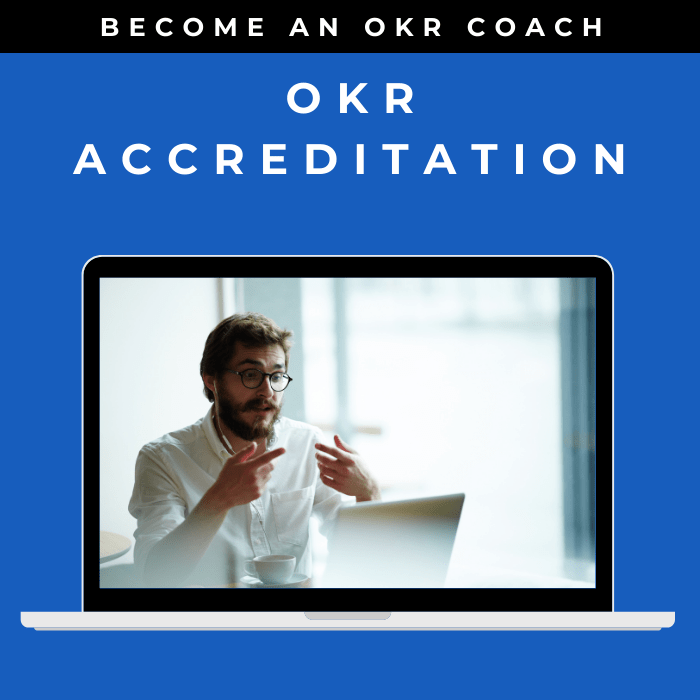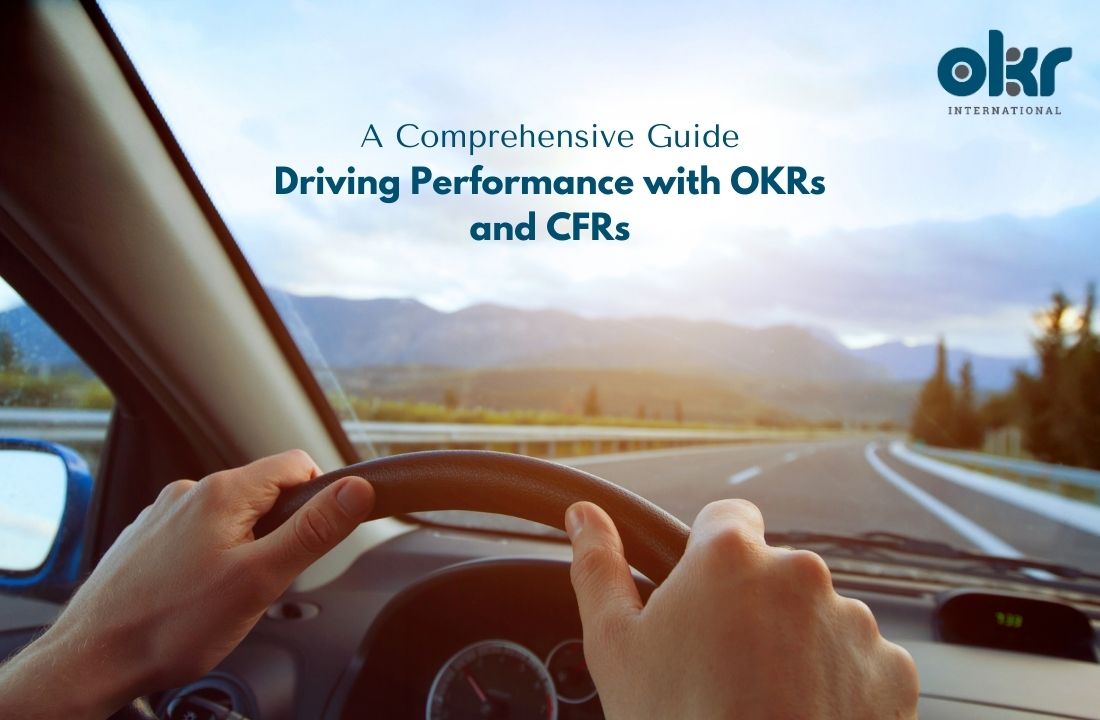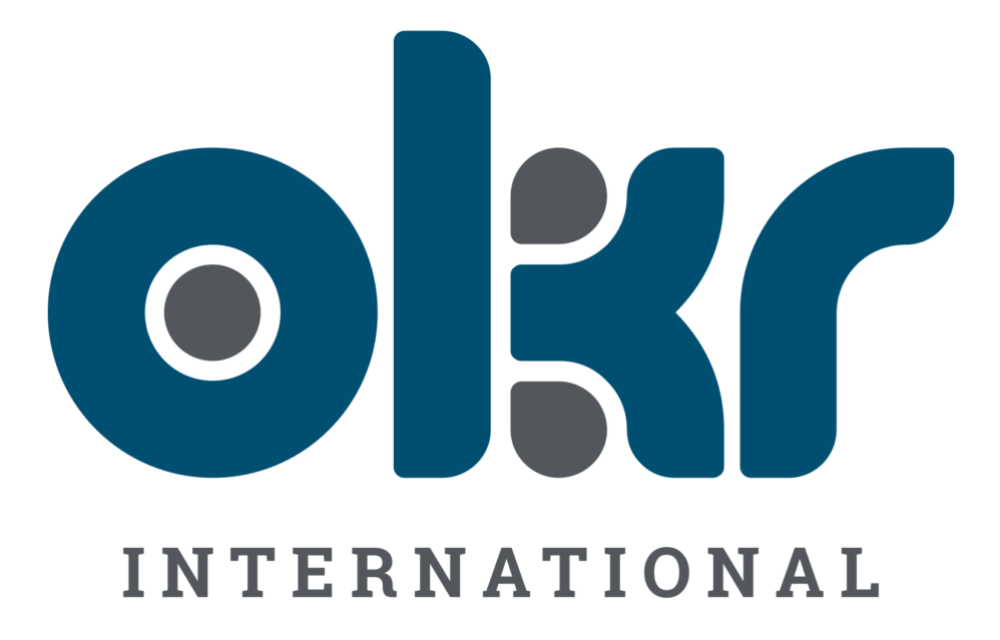Driving Performance with OKRs and CFRs: A Comprehensive Guide
Have you ever wondered how successful organizations manage to keep their teams aligned and focused on their goals? The secret lies in two powerful acronyms: OKRs and CFRs.
Part 1: Introduction
1.1. Definition of OKRs and CFRs
Objectives and Key Results (OKRs) and Conversations, Feedback, and Recognition (CFRs) are two crucial components in the world of performance management.
OKRs are a goal-setting framework that helps teams and individuals align their efforts towards achieving the most important organizational goals. They consist of an Objective, which is a clearly defined goal, and Key Results, which are specific, measurable actions taken to achieve the Objective.
On the other hand, CFRs stand for Conversations, Feedback, and Recognition. They are the human elements that fuel the OKR process. Conversations promote open communication, Feedback provides constructive criticism and direction, and Recognition acknowledges the efforts and achievements of team members.
1.2. The Importance of OKRs and CFRs in Performance Management
In the modern workplace, performance management is not just about annual reviews and rankings. It’s about setting agile goals, providing continuous feedback, and recognizing the efforts of employees. This is where OKRs and CFRs come into play.
OKRs provide a clear direction and create a sense of purpose among team members. They promote transparency and alignment within the organization, ensuring everyone is working towards the same goals. For example, a company’s objective might be to “Increase customer satisfaction”. The key results could be “Reduce customer complaints by 20%” or “Improve customer support response time by 30%”.
CFRs, on the other hand, foster a positive work environment where employees feel valued and heard. Regular conversations and feedback help identify potential issues early, allowing for timely course correction. Recognition, whether for small wins or major achievements, boosts employee satisfaction and morale.
In essence, OKRs and CFRs work hand in hand to drive performance and create a high-performance culture in the organization. They ensure that the focus is not just on achieving business objectives, but also on the growth and development of the individuals who make it possible.
Part 2: Understanding OKRs
Ever wondered how tech giants like Google and LinkedIn consistently innovate and stay ahead of the curve? The answer lies in their use of a powerful goal-setting framework known as OKRs.
2.1. History and Purpose of OKRs
OKRs, short for Objectives and Key Results, were first introduced by Andy Grove at Intel and later popularized by John Doerr at Google. The purpose of OKRs is to align the organization around a few key priorities, ensuring everyone is working towards the same goals.
The Objective is what you want to achieve, and the Key Results are the measurable steps you take to achieve the Objective. For instance, if your Objective is to “Improve customer satisfaction”, a Key Result could be “Reduce customer complaints by 20%”.
2.2. How to Set Effective OKRs
Setting effective OKRs is an art. Here are some tips to get you started:
- Focus on what matters most: OKRs are not a to-do list. They should focus on the most important goals that will drive the organization forward.
- Make it measurable: Key Results should be quantifiable. They should clearly indicate whether the Objective has been achieved.
- Keep it simple: OKRs should be easy to understand and communicate. Avoid jargon and complexity.
- Set ambitious, yet achievable goals: OKRs should push the team to strive for excellence, but they should alsobe realistic.
For example, an OKR for a marketing team could be:
Objective: Increase brand awareness Key Results:
- Increase website traffic by 30%
- Increase social media followers by 20%
- Secure 5 media placements in industry publications
2.3. The Role of OKRs in Setting Agile Goals and Initiatives
In today’s fast-paced business environment, agility is key. OKRs promote agility by encouraging teams to regularly review and adjust their goals based on the latest data and insights.
For instance, if a Key Result is not progressing as expected, the team can analyze the situation and adjust their strategies or even revise the Key Result itself. This ensures that the team’s efforts are always aligned with the changing business dynamics and customer needs.
2.4. The Importance of Continuous Feedback in the OKR Framework
Continuous feedback is a crucial element of the OKR framework. It helps teams stay on track and fosters a culture of continuous learning and improvement.
Feedback in the OKR context is not just about pointing out what’s not working. It’s about celebrating successes, sharing learnings, and brainstorming solutions to challenges. It’s about creating a safe space where everyone feels comfortable sharing their ideas and feedback.
OKRs are a powerful tool for driving alignment, focus, and performance in organizations. They promote a culture of transparency, agility, and continuous learning, which are key to success in today’s dynamic business environment.
Part 3: Understanding CFRs
Have you ever wondered how to bring the human element into the OKR process? The answer lies in another powerful acronym: CFRs.
3.1. Definition and Purpose of CFRs
CFRs, short for Conversations, Feedback, and Recognition, are the human elements that fuel the OKR process. They are about fostering open communication, providing constructive feedback, and recognizing the efforts and achievements of team members.
The purpose of CFRs is to create a positive work environment where employees feel valued and heard. They help to ensure that the focus is not just on achieving business objectives, but also on the growth and development of the individuals who make it possible.
3.2. The Role of Conversations, Feedback, and Recognition in the OKR Framework
In the OKR framework, Conversations, Feedback, and Recognition play a crucial role.
- Conversations promote open communication and collaboration. They provide a platform for discussing progress towards OKRs, addressing challenges, and brainstorming solutions.
- Feedback is about providing constructive criticism and direction. It helps individuals and teams understand what they are doing well and where they need to improve.
- Recognition is about acknowledging the efforts and achievements of team members. It boosts morale and motivates employees to continue striving for excellence.
For instance, a team could have a weekly meeting (Conversation) to discuss their progress towards their OKRs. During the meeting, team members could provide feedback on each other’s work and brainstorm solutions to challenges. At the end of the meeting, the team leader could recognize the efforts and achievements of team members.
3.3. How to Run a Successful CFR Sprint
Running a successful CFR sprint involves creating an environment that promotes open communication, continuous feedback, and recognition. Here are some tips to get you started:
- Promote open communication: Encourage team members to share their thoughts, ideas, and concerns. This could be through regular team meetings, one-on-one check-ins, or an open-door policy.
- Provide continuous feedback: Make feedback a regular part of your team’s routine. This could be through weekly feedback sessions, real-time feedback tools, or a culture of constructive criticism.
- Recognize efforts and achievements: Regularly acknowledge the efforts and achievements ofteam members. This could be through shout-outs in team meetings, recognition programs, or simply a thank-you note.
3.4. The Impact of CFRs on Employee Satisfaction and Performance
CFRs have a significant impact on employee satisfaction and performance. They create a positive work environment where employees feel valued and heard. This boosts morale, increases engagement, and ultimately leads to higher performance.
For instance, when employees receive regular feedback, they know what they are doing well and where they need to improve. This helps them to continuously learn and grow, which leads to higher performance.
Similarly, when employees feel recognized for their efforts and achievements, they feel valued and appreciated. This boosts their morale and motivation, which leads to higher job satisfaction and performance.
CFRs are a crucial part of the OKR process. They bring the human element into the process, ensuring that the focus is not just on achieving business objectives, but also on the growth and development of the individuals who make it possible.
Part 4: The Synergy of OKRs and CFRs
Have you ever wondered how to create a high-performance culture in your organization? The answer lies in the powerful synergy of OKRs and CFRs.
4.1. How OKRs and CFRs Work Together to Improve Performance Measures
OKRs and CFRs work hand in hand to drive performance in organizations. OKRs provide the direction, while CFRs provide the human elements that fuel the journey towards the objectives.
OKRs set clear, measurable goals that align everyone in the organization. They ensure that everyone is working towards the same objectives, which leads to improved performance measures.
CFRs foster open communication, continuous feedback, and recognition. They create a positive work environment where employees feel valued and heard. This boosts morale, increases engagement, and ultimately leads to higher performance.
For instance, a team could set an OKR to “Increase customer satisfaction”. They could then use CFRs to regularly discuss their progress, provide feedback, and recognize efforts and achievements. This would not only drive the team towards their OKR, but also create a positive work environment that boosts performance.
4.2. The Role of OKRs and CFRs in Achieving Quick Wins
OKRs and CFRs also play a crucial role in achieving quick wins. Quick wins are small, achievable goals that provide immediate benefits. They boost morale, build momentum, and demonstrate the effectiveness of the OKR and CFR process.
For instance, a team could set a quick win OKR to “Reduce customer complaints by 10% in the next month”. They could then use CFRs to regularly discuss their progress, provide feedback, and recognize efforts and achievements. Achieving this quick win would boost morale and build momentum for achieving larger, more ambitious OKRs.
4.3. How to Become a Modern Workplace with OKRs and CFRs
In today’s fast-paced business environment, becoming a modern workplace is key. Modern workplaces are agile, transparent, and focused on continuous learning and improvement. They value open communication, feedback, and recognition. And they use OKRs and CFRs to drive performance and create a high-performance culture.
Here are some tips to become a modern workplace with OKRs and CFRs:
- Promote transparency: Share OKRs openly within the organization. This ensures that everyone understands the organization’s goals and how their work contributes to these goals.
- Foster open communication and feedback: Use CFRs to foster open communication and continuous feedback. This helps to identify potential issues early, allows for timely course correction, and fosters a culture of continuous learning and improvement.
- Recognize efforts and achievements: Regularly recognize the efforts and achievements of team members. This boosts morale, increases engagement, and motivates employees to continue striving forexcellence.
OKRs and CFRs are not just tools for setting goals and improving performance. They are about creating a modern workplace that values transparency, agility, and the growth and development of its people.
FAQs
Do you still have questions about OKRs and CFRs? Don’t worry, we’ve got you covered. Here are answers to some of the most frequently asked questions about OKRs and CFRs.
What is the difference between CFR and OKR?
OKRs and CFRs are two sides of the same coin. They work together to drive performance in organizations.
OKRs (Objectives and Key Results) are a goal-setting framework. They provide a clear direction and align everyone in the organization towards the most important goals.
CFRs (Conversations, Feedback, and Recognition), on the other hand, are the human elements that fuel the OKR process. They foster open communication, continuous feedback, and recognition, creating a positive work environment where employees feel valued and heard.
In essence, OKRs set the goals, while CFRs provide the human elements that drive the journey towards these goals.
What is CFR in HR?
In HR, CFR stands for Conversations, Feedback, and Recognition. It’s a framework that promotes open communication, continuous feedback, and recognition in the workplace.
Conversations promote open communication and collaboration. They provide a platform for discussing progress towards OKRs, addressing challenges, and brainstorming solutions. Feedback is about providing constructive criticism and direction. It helps individuals and teams understand what they are doing well and where they need to improve. Recognition is about acknowledging the efforts and achievements of team members. It boosts morale and motivates employees to continue striving for excellence.
What are examples of OKRs?
OKRs consist of an Objective, which is a clearly defined goal, and Key Results, which are specific, measurable actions taken to achieve the Objective. Here’s an example:
Objective: Increase customer satisfaction Key Results:
- Reduce customer complaints by 20%
- Improve customer support response time by 30%
- Increase customer retention rate by 10%
What is the purpose of OKR?
The purpose of OKRs is to align the organization around a few key priorities, ensuring everyone is working towards the same goals. They promote transparency and alignment within the organization, and they help teams and individuals focus their efforts on the most important goals. This leads to improved performance measures and a high-performance culture in the organization.
More FAQs
Explore Our Range of Services
Bring OKRs (Objectives and Key Results) to your organisation with our tried & tested OKR Framework.


OKR International’s highly acclaimed Certified OKR Practitioner Program is the first and only OKR accreditation endorsed by ICF & HRCI for continuing education units.
OKR International helps leaders create the alignment, engagement and result orientation needed for growth by offering OKR Advisory services.




